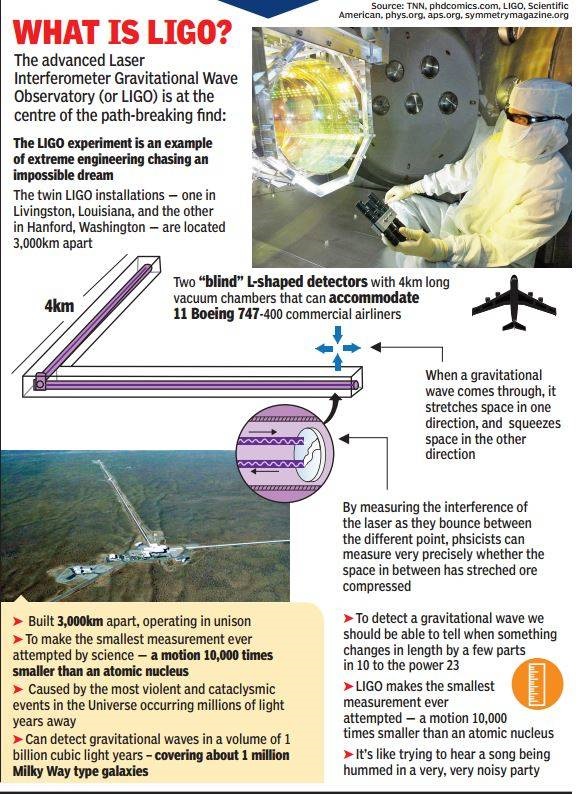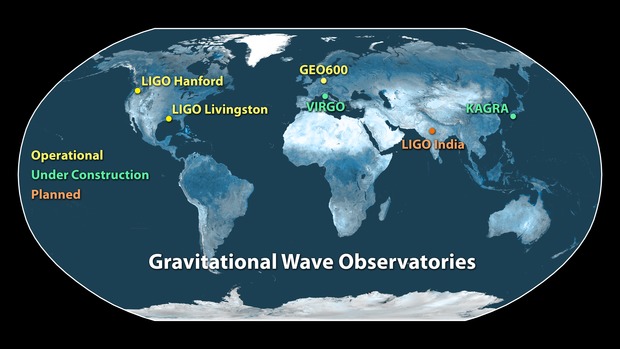900 319 0030
enquiry@shankarias.in
Why in news?
What was the 2015 discovery?

What were the further observations?

What is the need for LIGO's explanation now?
Source: The Hindu, NewScientist